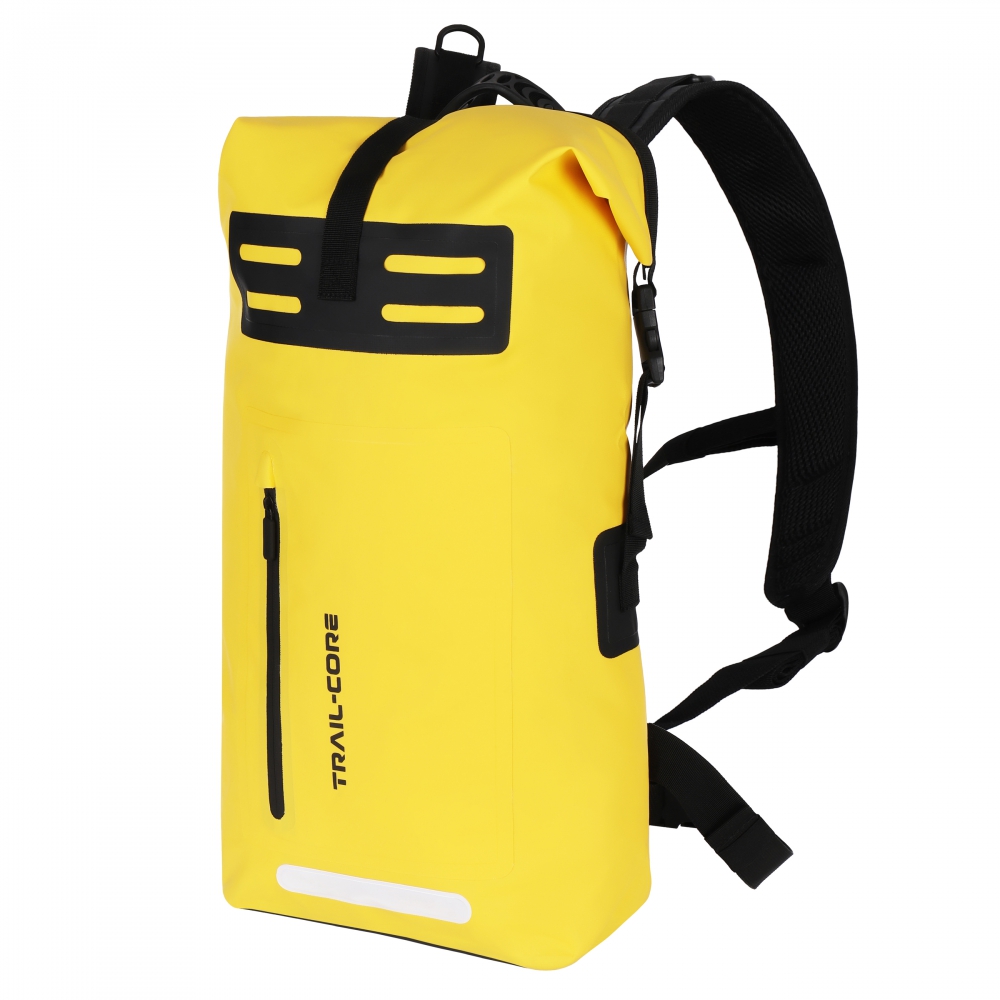Blog
Product Photography in 2025 – What’s ahead?

Automation and Robotics in Product Photography
Automation is one of the key trends in product photography. Advanced robotic systems are increasingly being used in photography studios, enabling:
- capturing hundreds of images in a short time,
- precise framing and shot consistency,
- reducing the turnaround time for large projects.
However, the role of humans remains essential. Photographers act as directors, ensuring that product images maintain high quality, creativity, visual consistency, and alignment with the brand’s marketing strategy. While automation supports technical processes, it is human talent and expertise that continue to give images their unique character.
Artificial Intelligence in Retouching and Framing
Artificial intelligence (AI) is revolutionizing product photography by offering:
- advanced photo retouching,
- image analysis to identify the best frames,
- automation of tedious technical tasks.
Thanks to AI, photographers can focus on visual experimentation and storytelling, while algorithms handle the technical aspects of production.
Product Photos and Personalization
Brands are increasingly tailoring product photos to individual customer preferences. The use of artificial intelligence and advanced image management systems enables:
- creating multiple versions of a single product image,
- achieving color diversity,
- generating different product arrangements,
- adapting images to specific target groups.
Personalization helps build relationships with customers, allowing them to make more informed purchasing decisions.
3D Images and Augmented Reality
3D technology and augmented reality (AR) are revolutionizing product photography by offering customers interactive experiences. 3D models allow for a detailed view of a product from every angle, while AR enables its visualization in real-world environments, such as a home or office. These solutions help reduce return rates and increase customer satisfaction. By 2025, these technologies will become more accessible, allowing even smaller businesses to take advantage of such innovations.

Creativity in Mass Photo Production
Despite increasing automation, creativity in product photography is becoming more important than ever. Creative shots, bold lighting experiments, and storytelling capture audience attention and build an emotional connection with the brand. Advanced technologies support rapid testing of different styles, making it easier to combine artistic vision with business requirements. As a result, creativity not only helps brands stand out but also serves as a way to strengthen their competitive edge.
Ethics and Transparency
The authenticity of product photos is crucial for customers. In the near future, brands may be required to label images that have undergone advanced editing. Transparency in this area:
- builds customer trust,
- strengthens brand loyalty,
- emphasizes product authenticity.
Data Analytics in Product Photography
Data utilization plays a vital role in optimizing visual content. Analyzing metrics such as click rates, viewing time, and conversion rates allows businesses to make quick adjustments and better tailor images to customer expectations.
Product Photography in 2025
Product photography in 2025 combines advanced technology with creativity, ethics, and sustainability. Automation and AI support the technical aspects of production, allowing photographers to focus on storytelling. Personalization and 3D models reshape shopping experiences, while transparency and sustainability foster customer trust. This comprehensive approach ensures that product photography remains a key element of marketing strategies in 2025.
